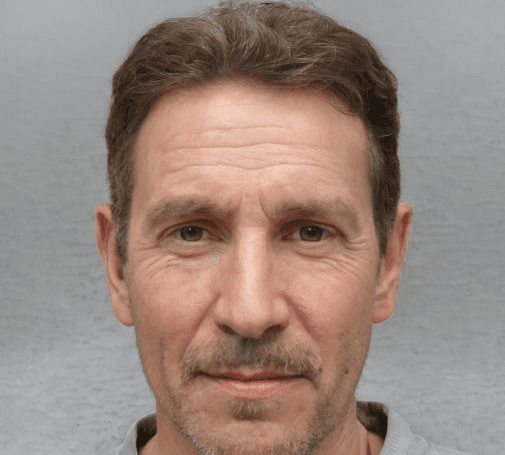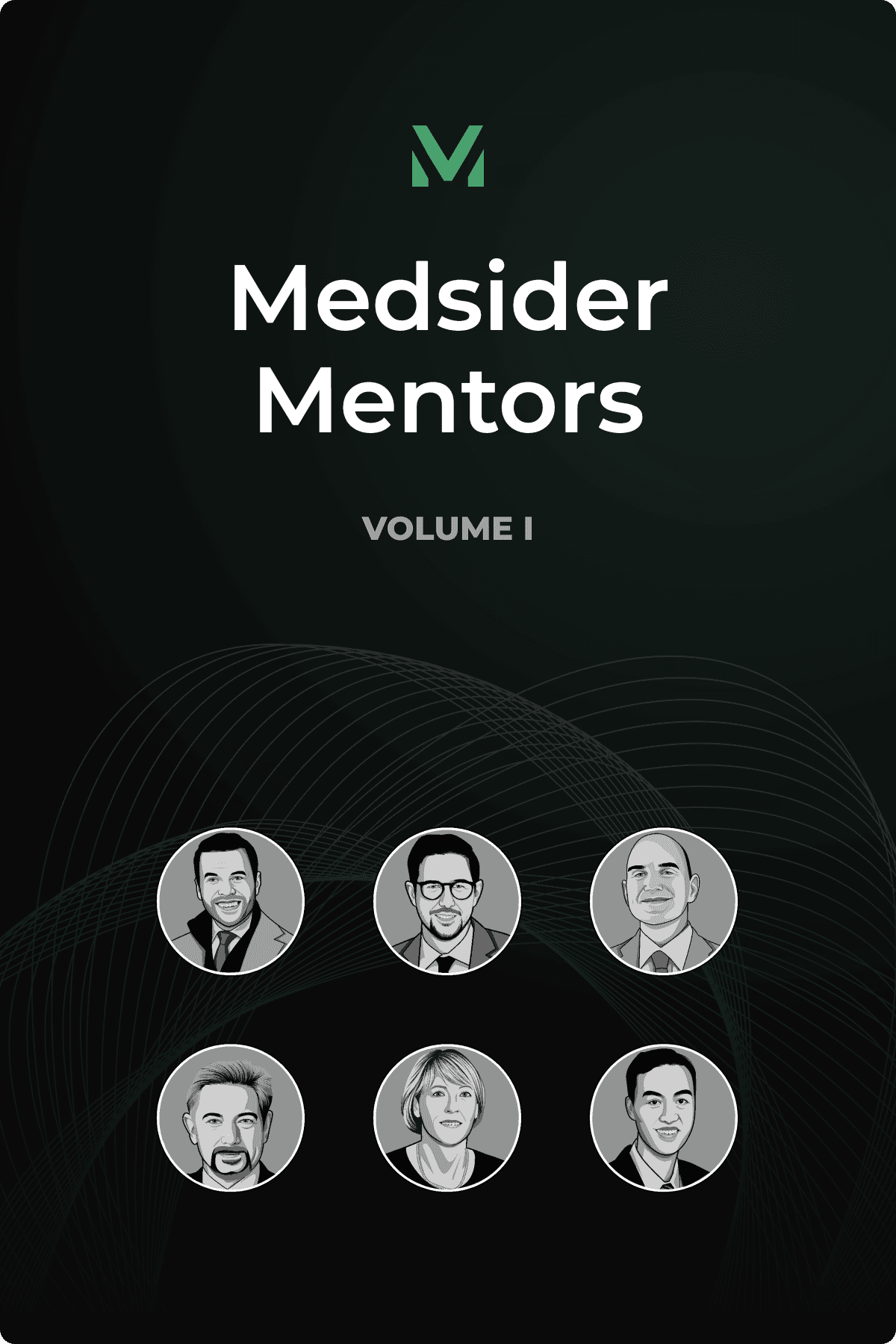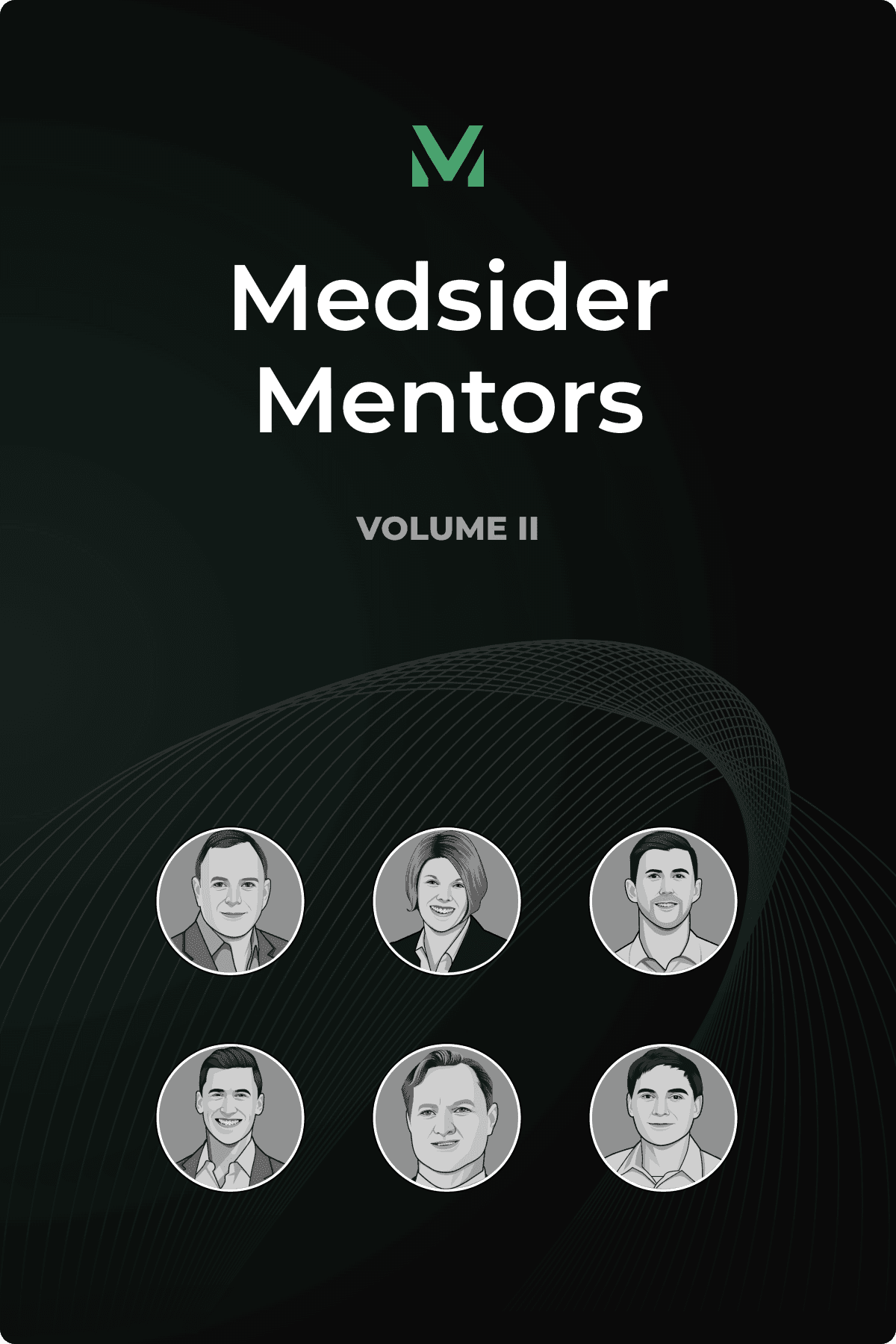3 Filters That Separate Breakthrough Devices from Failed Ventures
Interview with Tulavi CEO Josh Vose

Key Learnings From Josh's Experience
3 filters for clarity on whether your device matters. Since the 2008 financial crisis, devices that thrive meet at least one of three tests: they fundamentally change how care is delivered, improve cost efficiency, or drive a substantial leap in outcomes or safety. Purpose-built devices designed against those criteria succeed; “orphan” technologies pulled from university labs rarely do. At Tulavi, that discipline kept the team focused on neuroma prevention and shaped everything from product design to commercial strategy.
Lean into the harder regulatory path when it builds a moat. Shortcuts may get you to market faster, but they rarely create lasting advantages. Tulavi chose the de novo pathway, which meant tougher regulatory requirements but also positioned the allay Hydrogel Cap as the first of its kind. The payoff: FDA wrote new regulations specifically for their category, forcing future competitors to meet the same evidentiary bar. As Josh puts it, sometimes the more challenging path delivers the strongest protection.
Match your pitch to the investor in front of you. Angels invest in people — they back entrepreneurs through relationships, warm introductions, and trust. VCs, on the other hand, triangulate price, exit probability, team, and market opportunity with a sharper eye for scalability. The pitch mechanics may look the same, but the decision-making lens is different.
In medical training, physicians learn to own every aspect of patient care — master the knowledge, make the decisions, take full responsibility. You're trained to be the expert on everything that touches your patient, from complex diagnoses to treatment protocols. It's a mindset that saves lives in the OR but can kill startups in the boardroom.
Josh Vose learned this lesson early in his transition from surgeon to serial entrepreneur. The same "total ownership" mentality that made him an effective physician could create dangerous blind spots when developing medical devices. "Physicians may treat developing a device similarly, that you have to be the expert on all domains of development," he explains. "That is not the case. You need to surround yourself early and aggressively with people who know more than you do."
It's a lesson that took years to internalize — and one that countless physician entrepreneurs still get wrong. They spend months writing their own patents, trying to master regulatory pathways, or attempting to become manufacturing experts. Meanwhile, their most precious resource — time — slips away. "You just simply can't learn it all yourself," Josh says. "The older I get, the more I realize the limitations of my own knowledge."
After multiple successful exits spanning nearly two decades — including PEAK Surgical's acquisition by Medtronic and SIA's by Integra — Josh has honed his approach at Tulavi, where he leads the development and commercialization of the allay Hydrogel Cap for preventing neuroma formation. The results reflect his hard-won understanding of what separates successful device companies from those that never make it to market: while most novel medtech companies fight tooth and nail to capture market share, Tulavi is seeing remarkably fast adoption across health systems.
Guest
CEO of Tulavi Therapeutics
Josh is the CEO of Tulavi Therapeutics, leading development of its hydrogel-based implants to advance peripheral nerve surgery. An engineer, physician, and entrepreneur, he has more than 20 years of experience in medical devices, holding leadership roles at Medtronic following its acquisition of PEAK Surgical, and driving growth at startups, including SIA Health, where he led the company through its commercial ramp and acquisition by Integra LifeSciences.
Sponsor Message
We recently released the seventh volume of Medsider Mentors, which summarizes key learnings from the most popular Medsider interviews over the last six months.
We get it—keeping up with every Medsider interview isn’t easy. That’s why we created Medsider Mentors. These e-book volumes distill the best practices and insider secrets from top founders and CEOs, all in a downloadable, easy-to-digest format.
Check out the latest volume here. Premium members get free access to all past and future volumes, plus a treasure trove of other resources.
If you’re not a premium member yet, you should definitely consider signing up. We recently revamped Medsider with swanky new features, especially for our premium members. In addition to every volume of Medsider Mentors, you’ll get full access to our entire interview library, dating back to 2010.
You’ll also get Medsider Playbooks—curated guides packed with actionable insights on topics like fundraising, regulatory challenges, reimbursement strategies, and more.
And if you’re fundraising, don’t miss our exclusive investor database, featuring over 750 life science VCs, family offices, and angels. We’ve even created 3 custom packages to help you with your next fundraise.
Learn more by visiting Medsider Mentors.
Defining the Problem, Owning the Execution
Josh traces his strategic framework back to a business school professor who taught that “the hardest problem in management is defining the problem you are trying to solve.” That clarity of thought, he believes, is what separates breakthrough medical devices from the graveyard of well-intentioned failures.
Why Purpose-Built Devices Win
The lesson crystallized during the 2008 financial crisis, when value analysis committees emerged and non-essential medical devices were set aside. “Devices had to do at least one of three things to be successful,” Josh explains. “You either had to change fundamentally how some aspect of care is delivered, you had to be more cost-efficient, or you had to demonstrate some substantial jump in outcomes or safety.”
That filter helped him distinguish between orphan technologies — technological innovations looking for a problem — and purpose-built solutions addressing real clinical needs. “Successful medical devices begin with defining the clinical problem that you’re trying to solve and then sticking to that definition very specifically,” Josh says. Too many startups, he notes, try to license technologies out of universities that weren’t originally designed for their intended medical application, which results in rework, lost time, and a haphazard approach.
Designing for Simplicity and Scale
At Tulavi, that clarity centers on neuroma formation — the leading cause of pain after amputation. When peripheral nerves are severed during surgery, they attempt to regrow and find their counterpart. If they can’t, they turn back on themselves, forming disorganized and hypersensitive clusters of nerves that are a source of chronic pain.
The allay Hydrogel Cap addresses neuroma formation at the level of fundamental biology by creating a simple mechanical barrier. Delivered as a liquid that solidifies around the nerve in 3–5 seconds, it prevents the nerve from regrowing and forming neuromas. The elegance of the solution lies in its simplicity: “Anyone can do it. It’s literally see one, do one, teach one,” Josh explains.
That simplicity also solves a key scalability problem in peripheral nerve surgery. Hand surgeons — fellowship-trained specialists who serve as the de facto peripheral nerve surgeons in the U.S. — are in short supply. “There aren’t enough hand surgeons to handle the number of amputations and nerve injuries that occur every year,” Josh says. “Moreover, there are not enough hand surgeons to treat all of the neuromas that have been caused by amputations in the past.”
Tulavi’s device bridges that gap by being sophisticated enough to meet the needs of the best specialists but simple enough for any surgeon performing amputations.
Execution With Velocity
The proof shows up in Tulavi’s commercial metrics. While most medical device companies spend three to six months navigating value analysis committees, Tulavi averages 49 days — a timeline that reflects both the strength of its clinical value proposition and strategic execution. Josh says, “There's no force more powerful for a medical device than a surgeon going to the value analysis committee and saying, ‘I have to have this.’ or ‘There is no other solution.’”
Compelling data also drives adoption: preclinical studies showed 0% neuroma formation when using the device. “It’s not too often you have a device that results in zero percent of anything you don’t want,” Josh notes. When surgeons review that data, they say, “‘Yeah, 0%, it works.’ That is powerful.”
But data alone isn’t enough. Josh credits their partnership with the VA health system, which provides access to one of the largest populations of amputees in the U.S. while offering integrated care continuity. “The surgeons can find the patients wherever they are in the care chain,” he explains, rather than losing track of patients who end up scattered across different specialists in community practice.
Equally important is investing in commercial talent. “If you don’t have an outstanding commercial team, you will never realize whatever your mission is,” Josh says. “Those folks are the front line. They have to love coming to work every day.”
Why Taking the Harder Path Can Build a Stronger Moat
When Tulavi faced a critical regulatory choice, the easy move would have been to find the fastest route to market. Instead, the team leaned into the more complex de novo pathway, positioning the allay Hydrogel Cap as a first-of-its-kind device.
Josh sees this as a hallmark of smart strategy in medtech: rather than optimizing for speed alone, companies often benefit from embracing complexity that creates lasting competitive advantages. “The de novo pathway sits between a traditional predicated device 510(k) and a PMA,” he explains. Like a 510(k), Tulavi’s device carried relatively low risk. But its novel delivery mechanism — forming in-situ inside the body — was so different that the FDA determined it couldn’t be classified based on existing predicates.
That novelty became a strategic asset based on regulations that the FDA drafted specifically for its category: in-situ forming hydrogels for reducing the risk of symptomatic neuroma. Any future competitor will now need to meet the same evidentiary standards Tulavi established.
The path wasn’t without hurdles. “Unfortunately, [de novo] has a lot of varying interpretations of how you should get through biocompatibility and chemical characterization,” Josh says. The lack of clear guidance meant navigating gray zones between FDA standards and international requirements.
Still, the payoff justified the difficulty. When Tulavi’s board debated whether to pursue a PMA — which would have required human clinical data upfront — founders Corinne Bright and Fred Khosravi argued that de novo would be both faster and commercially stronger. “So far, that has panned out to be right,” Josh confirms.
The lesson extends beyond regulatory affairs. For Josh, the principle is simple: the harder pathway can create unbreakable barriers to entry. “Sometimes the more challenging regulatory pathway creates stronger competitive advantages than taking shortcuts,” he explains.

Match Your Capital to Your Investor — and Build for the Long Game
Josh’s fundraising experience spans both ends of the medtech financing spectrum — from angel-backed ventures like SIA to venture-funded companies like Tulavi. That perspective has taught him that success requires tailoring your approach to the investor sitting across the table.
“Angels and high-net-worth individuals are investing in you,” Josh explains. “Those investments come through network effects of introductions, the opportunity, and a face-to-face relationship.” The process is relationship-driven, built on trust and personal connections.
Venture capitalists operate with a different lens. “They’re really trying to triangulate price, exit probability, team, and opportunity commercially,” Josh says. Even if the pitch mechanics look similar, VCs weigh market size, competitive dynamics, and scalability metrics far more heavily than angels do.
Understanding these differences shapes everything from how you prepare your deck to how you run your meetings. Both groups ask tough questions, but they interpret the answers through different frameworks. In both cases, Josh stresses the importance of surrounding yourself with experts to sharpen your story and mitigate risk in your plan.
The same mindset applies to exits. After several successful acquisitions, Josh says the formula is simple: “Good businesses are bought, not sold.” Rather than chasing strategics, winning companies focus on building fundamentals that make acquisition inevitable.
Central to that is reproducibility. “You want to be able to demonstrate the reproducibility of your business model,” he explains. Strategics don’t just care whether the device works — they want to know it can be manufactured at scale and deployed by their commercial teams without friction. “At the very base level, it’s the reproducibility of the commercial team’s efforts and the reproducibility of being able to supply it in an uncomplicated manner,” Josh says. For acquirers, the ultimate question is not only whether outcomes improve, but whether those improvements can be scaled profitably across their entire footprint.
And that’s why exit conversations start long before a deal is on the table. “It begins with early relationships. It begins with cultivating those over time,” Josh explains. “You can’t just go sell a lot of something and expect somebody to show up and buy it.” Innovative founders invest years in understanding strategics’ portfolios, tracking their investor communications, and building trust — so that when the timing is right, the acquisition conversation feels inevitable.
Final Thoughts: Building for the Long Game
Looking ahead, Josh remains focused on the lesson that has guided his career transition: healthcare innovation demands patience, persistence, and humility. “It’s going to take a lot of work and a lot of resilience to change healthcare for the better,” he says. “Healthcare is over 20% of the American GDP, so in the broadest generality it’s a colossal machine and bureaucracy. You can’t change the direction of that ship in one moment. It takes time.”
For physician entrepreneurs, that means resisting the instinct to control every variable and instead building teams that can move faster than any individual. “Your most precious resource in bringing a technology to market is time,” Josh emphasizes. “The only way to shorten that time is by having experts provide input on what you’re doing.”
At Tulavi, that philosophy translates into consistent execution. With patients reaching out weekly through their website asking for access, Josh sees validation that they’ve identified a real clinical need and built a scalable solution. “The more game-changing it is, the more you have to focus on building credibility,” he reflects — and credibility, he adds, is built through collaboration, not individual mastery.
Sponsor Message
After raising over $40M from corporate venture and cardiovascular key opinion leaders, FastWave Medical has progressed rapidly in the development of its next-generation intravascular lithotripsy (IVL) systems for complex calcific disease.
The market size for IVL is over $9 billion and the only player in the space was recently acquired for over $13 billion. So naturally, there’s a lot of investor interest in FastWave.
Given the continued demand to invest in FastWave, their team has opened up an investor waitlist for anyone interested in potentially owning a piece of the company.
The last time the company opened up an private placement, it closed nearly $20 million in less than a month. So if you’re interested in investing in one of the hottest cardiovascular startups, opt into their investor waitlist here.
You May Like These Articles
Medsider Premium
Become a premium member and unlock access to exclusive Medsider benefits.



